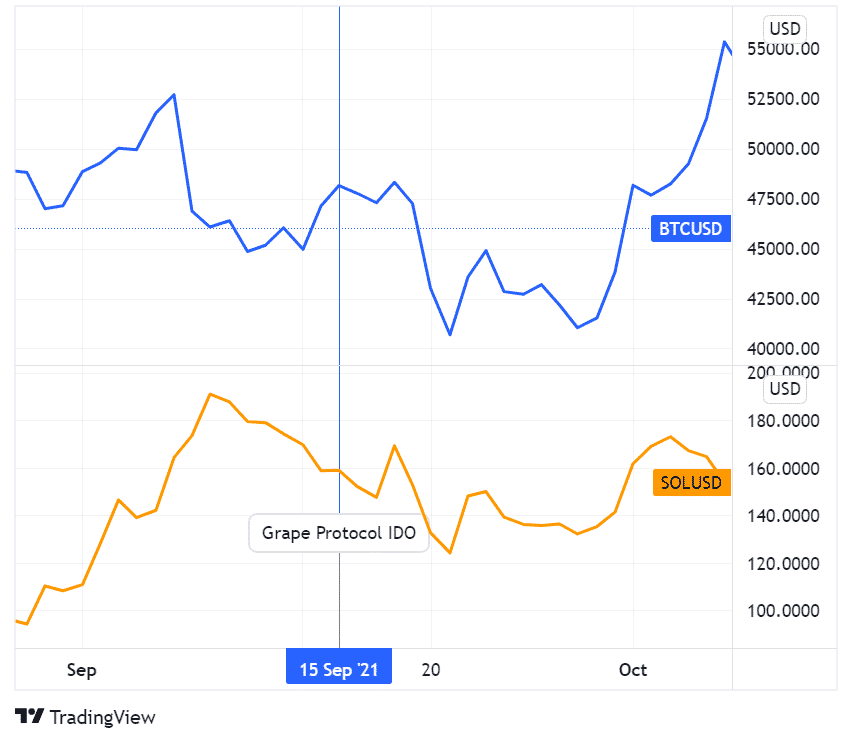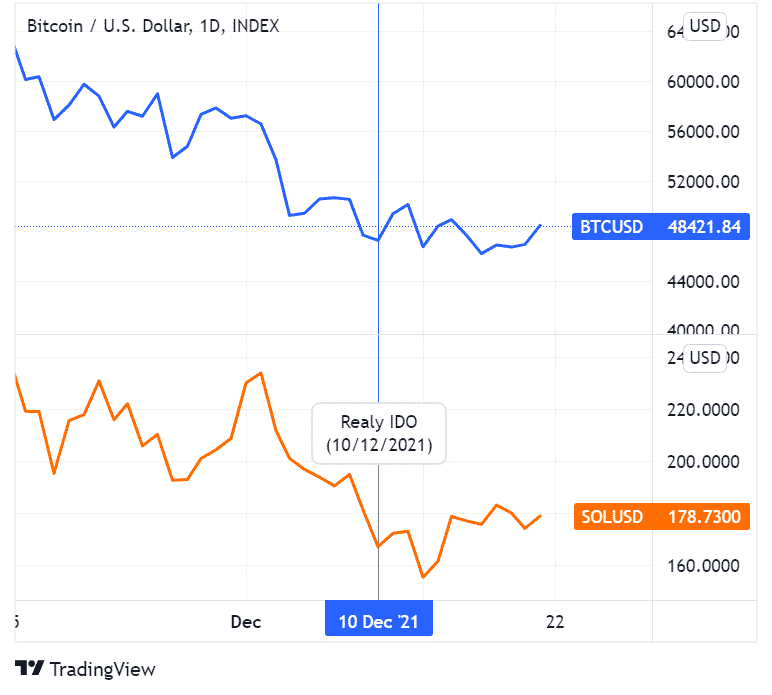Network congestion on Solana in December 2021
A few unexpected network congestion on Solana occurred during the last quarter of 2021. Here is what really happened.


Solana was designed from the blueprint to accommodate an output in excess of 65,000 transactions per second. Testing has shown its potential power at full capacity.
However, a few unexpected network congestion on Solana occurred during the last quarter of 2021. So far, Solana core developers have completely resolved the issue with network outage due to congestion.
Most of the time, the network is performing at its best — much work needs to be done, however, to improve network robustness.
Solana network congestion after SolChick’s DEX offering
The latest congestion occurred during the initial DEX offering of SolChicks (CHICKS), a multiplayer blockchain game token. The DEX token sale slowed the transaction speed down to around 700 transactions per second (tps) last Monday (13/12/2021).
At the time of the congestion, the network struggled to process pending requests (transactions) for several hours.
Data from Solana’s block explorer app, Solana Beach, have shown hundreds of failed transactions during the time of the congestion.
An initial DEX offering (IDO) is a typical decentralised funding mechanism that occurs on decentralised exchanges (DEXs), which relies on their parent network. SolChicks was sold on Solana’s first and biggest DEX, Raydium.
This was not the first time that Solana became congested following an IDO on Raydium, as you will learn.
How did the Solana network congestion affect the price of SOL?
Although Solana has experienced several congestion in the last quarter, the market for the blockchain’s native coin SOL didn’t move much (relative to the overall market condition). Here is a side-by-side comparison of the price charts for Bitcoin (BTC) and Solana (SOL).

Bitcoin’s price is often used as a measure of the overall crypto market’s performance, due to it having the highest market capitalisation. This is useful to provide context on the price movement of the overall crypto market.
History of Solana Network’s congestion
The first documented congestion of the high throughput blockchain was in September 2021 after an IDO for Grape Protocol (GRAPE) on Raydium DEX. The first issue of this kind caused the network to grind to a halt for approximately 18 hours.
After the network blunder, though, the price of SOL was undeterred as it boosted upwards (see below).

After this first encounter, the developer team at Solana Labs implemented patches. This is to ensure that Solana would stay online even if the network is congested. Indeed, it has never gone offline ever since.
Another Raydium IDO for a metaverse token, Realy (REAL), caused major congestion on Solana on 10 December. Although transaction confirmations slowed by roughly 50%, the network stayed online as validator activities did not cease during this time.

Again, according to the chart, there appears to be no sign of a major panic selling of the Solana cryptocurrency. This shows that Solana investors still have faith in the network. Indeed, small blunders like these are temporary (and rare) events that do not have lasting repercussions.
Why Solana was congested during those IDOs
IDO trading bots were likely the culprit for the slowdown. CEO of Solana Foundation, Anatoly Yakovenko said that the September incident was caused by it, and it was no different for subsequent congestion on the Raydium platform.
IDO trading bots are typically used by the much tech-savvy investors to gain a trading edge during such offerings, within a narrow time period. Many critics, though, do not believe in such an explanation.
After all, how could a network that was designed for fast-action trading suffer from trading bots? There have been allegations that Solana was under a type of cyberattack known as Denial of Service, more commonly termed “DDoS”.
DDoS works by disabling or congesting a server computer by spamming requests from multiple clients (user computers). A simple example is a shared office printer that is accessible by any computer that is connected to the office WiFi.
If there is no protection against unauthorised access to the printer, a guest who has had access to the WiFi network could also access the printer. A DDoS attacker can employ multiple computers from outside of the office to spam printing requests. This can deny printing service to the office workers inside.
Tomáš Eminger, Head of Validator Infrastructure of Czech-based Rockaway Blockchain Fund, explained that bots are very likely the culprit for this type of problem.
“It looks like Raydium bots were trying to pack large TXs into blocks, which consumed a lot of compute power, which is measured in BPF (Berkeley Packet Filter) compute unit (Solana doesn’t count that into packing block logic),” he tweeted.
He also remarked that the Solana Labs team has already patched a fix for this specific problem. At the time of press, the patch has been successful in the test network, and will soon be released onto the main network as version 1.9.
“As I mentioned before — Solana is in Mainnet-beta phase, so the software is still not perfect, but it’s good to see how the team is responding and working hard to upgrade the software. Particularly be aware of Raydium IDOs.”
Tomáš Eminger
The takeaway
Upgrades are an inevitable and necessary part of crypto networks. This year, Bitcoin has successfully upgraded to improve privacy, through an upgrade called Taproot. The Ethereum Berlin hard fork enabled a more predictable gas fee structure, and made ETH a deflationary asset through fee burns.
Imperfections in the network can always be streamlined, as long as a project is backed by an active community of developers. This ultimately sets apart high quality investments from high risk, low profit ones.
Share to
Stay curious and informed
Your info will be handled according to our Privacy Policy.
Make sure to follow our Twitter, Instagram, and YouTube channel to stay up-to-date with Easy Crypto!
Also, don’t forget to subscribe to our monthly newsletter to have the latest crypto insights, news, and updates delivered to our inbox.
Disclaimer: Information is current as at the date of publication. This is general information only and is not intended to be advice. Crypto is volatile, carries risk and the value can go up and down. Past performance is not an indicator of future returns. Please do your own research.
Last updated October 18, 2022





